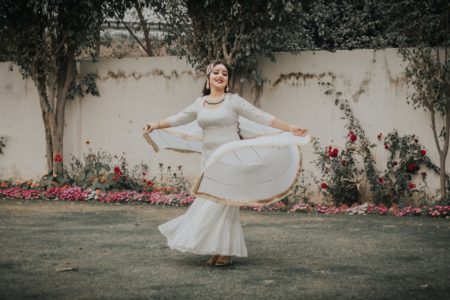In the old school of thoughts, fashion style and beauty was always related to a woman till the globalization came into force that brought contemporary concept like metro sexuality, uber coolness etc. Men are not left behind nowadays with the advent of beauty and fashion industry penetration every corner of the world.
Women’s clothing has always been the topic of discussion not just for the glitz and glamour aspect of fashion, but also the influence of religious and social sentiment that has major role to play in deciding the clothing choice of a woman. Best example to mention is Saree. It is a sixteen yard of cloth which is made up of different textures and fabrics like silk, synthetic material, cotton and draped on the body is one of the finest pieces of women’s clothing which is considered ethnic, fashionable and traditional in the mindset of the people. Likewise, a pair of jeans is a quintessential casual wear that does not go well in any formal occasion or professional workplace.
Women’s clothing is also circumscribed to social and religious constraints. Even in twenty first century where we are thriving in the era of technology and globalization, there still exist the demarcations in clothing sense particularly for women. Clothing is thus affected by purchasing power, culture, demographic features, and strata of society. Evening gowns with perfect silhouette and the little black dress is one of the most desirable party wear for a lady who attends premium parties or certain cream of society. On the contrary, in the middle class society or lower middle class, women hesitate or do see themselves believing or carrying such kind of outfit not just that they cannot afford, but sometimes it is due to the lack of confidence and social stigma to wear such outfit.
In the workplace, a women’s clothing has to be perfectly in synchronization with the corporate culture or the workplace environment. It is important to decide the kind of clothes to wear based on the mood of the place you are into. In the office, flashy colors and loud clothing is not acceptable so as to maintain the corporate decorum of the workplace. Similarly, in a family gathering, there is no harm to flaunt your gorgeous dress teamed up with flashy jewelries.
Comfort is another detrimental factor for clothing apart from fashion, social and cultural detriments. It is perhaps the basic requirement that is taken into account. Climatic conditions affect the choice of cloth you want to wear. In a hot humid climate, synthetic clothing is avoided whereas it is mostly preferred in rainy season. In a chilly winter night, you would probably give fashion a toss and prefer to go for warm and insulated clothing.
On the other hand, it is always advisable to wear cotton light colored clothes under scorching heat in a summer afternoon. The fashion industry brings out latest collections based on the climatic conditions and the festive moods around the year.




